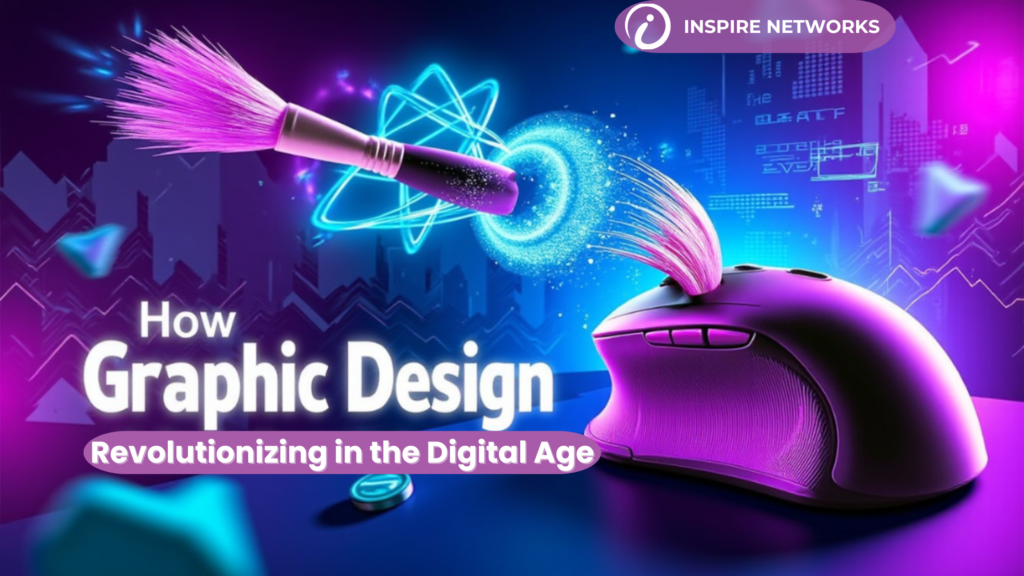The Future of SEO: Why Digital Marketing with AI is the Best
Introduction SEO has been the foundation of online marketing for companies that strive to dominate the digital space and increase targeted traffic. But the online world is changing and it’s changing quickly. Search engines are no longer simply looking at keywords — they are also looking at the context, how we behave and the intent behind our searches. The driver behind this change is Artificial Intelligence (AI), and it is fundamentally changing how SEO operates. AI is making marketing smarter, faster and more personalized. Today’s audience craves instant, on-point, personalized content and brands need to catch up. The trend of AI in SEO is not just a position that will change over time, – rather it will grow out to be a necessity. The Evolution of SEO Why SEO Must Evolve Old school, SEO tactics—keyword saturation, number of backlinks and volume of content—won’t cut it anymore. Contemporary search engines aim at relevance, context, and user specific features rather than exact keyword matching. And it’s now becoming a reality thanks to AI technologies that enable you to understand the context of what users are searching for, predict behavior and customize results in ways that regular ole’ search technology just can’t. Key Trends in SEO Such AI-based functionalities as voice search, predictive analytics, and machine learning are today integral in the way search engines operate. For these trends to begin shaping SERPs, moving on from generic content to intelligent, data-driven SEO strategies is essential. AI in Digital Marketing What is AI in Marketing? When we talk about AI in marketing, we mean leveraging advanced technologies such as machine learning, natural language processing (NLP) and data analytics to make your marketing initiatives smarter. It allows marketers to automate repetitive tasks, analyze big data for marketing insights and make strategic decisions faster. How AI is Used in SEO Examples of AI in SEO There are several applications of AI in SEO, some of them are: These are capabilities that allow marketers to execute more precise, efficient campaigns. Why AI is the Future of SEO Smarter Keyword Research AI tools can process a large number of datasets and recognize high-potential keywords (those which are searched more, relevant more, and competition low). The result is more relevant content that ranks higher in search. Personalized User Experience Winston points out that “artificial intelligence adjusts website content according to your browsing history, preferences and behaviour. This customization drives up user engagement, decreases bounce rates, and helps SEO metrics such as dwelling time and click-through rate. Voice Search Optimization SEO must adjust as voice assistants go mainstream. AI contributes to optimizing the content for not only long-tail keywords, but also natural language queries (which are more prevalent in voice searches). This makes the content easy to find for users who are making spoken queries. Predictive Analytics Artificial intelligence will predict search trends and user behavior, and marketers will be able to develop content that answers future question. This future-looking approach to SEO assists businesses in staying ahead with an SEO competitive edge. What role does Machine Learning in SEO? Content Optimization 1) Machine Learning ml p learn based on user interaction and search engine output what kind of content works, I.e., perform well. Marketers can harness this data to fine-tune content to keep it fresh and competitive. User Intent Analysis AI translations decipher the true meaning of search terms so that content can be matched to what a user is really after. This congruence is favourable to a high ranking that satisfies searchers. AI-Powered Tools in SEO Bots and Virtual Personal Assistants AI chatbots offer immediate answers, help website visitors navigate and gather important information – all these help you have better user experience and improve your SEO. Automated Content Generation You can write AI-optimized articles, product descriptions, or blog post in no time with AI tools. Although creativity and originality still require human guidance, AI simplifies the content creation process. User experience and the AI impact Personalization AI gathers and processes user-data to provide personalized recommendations and content. This helps increase engagement and amount of time spent on site — both critical to achieving improved SEO rankings. Enhanced Interaction Smart navigation, predictive search, and real-time support are AI-driven features that enhance the way users engage with a website. These improvements make for an overall smoother and more satisfying experience. AI-Powered SEO Audits and Reporting Site Health Analysis AI can automatically catch problems, such as broken links, slow-loading pages and poor mobile optimization. All of these trends can be addressed with quick fixes, to keep your SEO performance at optimal: Automated Reporting AI creates detailed SEO reports that showcase your performance with actionable insights. This eliminates the need for manually updating and enables marketers to react to trends in a timely manner. Local SEO and AI AI in Local Listings Using user location, reviews and social signals, AI accelerates local SEO. This means ensuring local listings are both seen and related to for nearby users, which leads to increased foot traffic and online engagement. Targeted Local Strategies AI allows for hyperlocal targeting, and can help you reach people in your area. This targeting improves conversion rates and increases community exposure. Conclusion As Artificial Intelligence is no longer a thing of the future but a reality, embracing it can shape the future of SEO. Both as search engines grow smarter and users’s expectations only rise toward the sky, adopting AI-driven tactics is no longer something we can take or leave. Between the personalization of user experiences and voice search optimization, to real-time analytics and content automation, AI gives marketers the tools to be ahead of the curve. SEO’s future is relevance, adaptive learning and intelligence. AI puts us in the captain’s seat, and we can then continue to do what we do best—providing better experiences to our users, while getting better results in an environment where digital never seems to stop changing.










